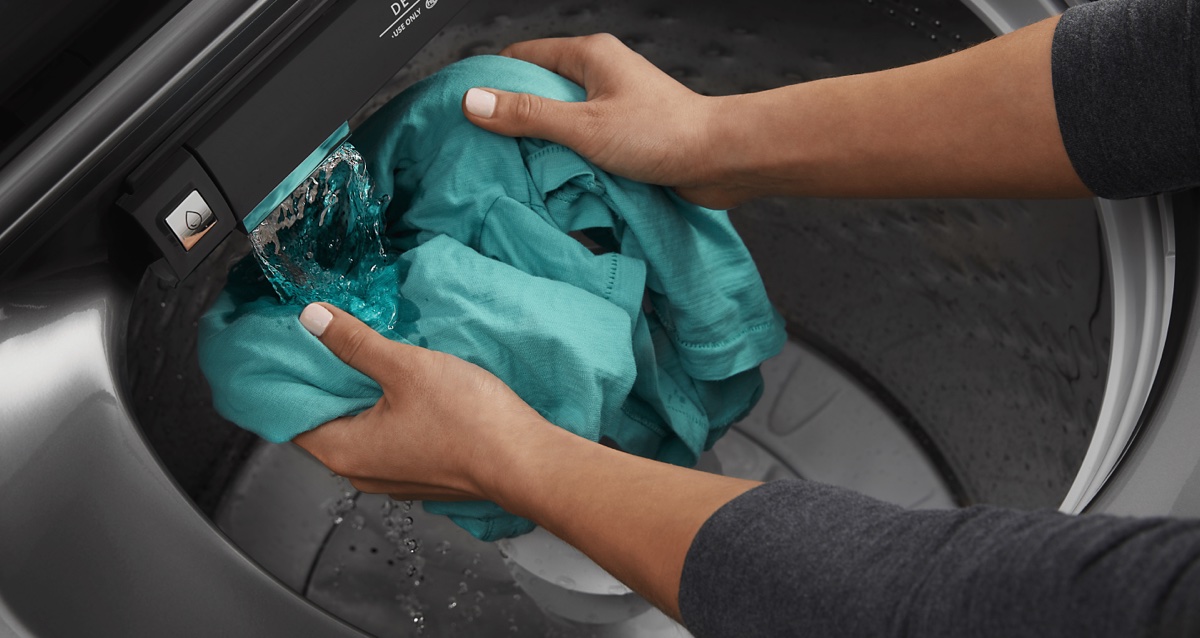

Articles
How Many Gallons Of Water Does A Washer Use
Modified: October 21, 2024
Discover how many gallons of water a washer uses with our informative articles. Get expert advice and tips on conserving water while doing laundry.
(Many of the links in this article redirect to a specific reviewed product. Your purchase of these products through affiliate links helps to generate commission for Storables.com, at no extra cost. Learn more)
Introduction
Washing machines play a crucial role in our daily lives, efficiently cleaning our clothes and saving us time and effort. However, they also consume a significant amount of water in the process. Understanding how much water a washer uses can help us make informed decisions about our water usage and contribute to sustainable living.
Water usage in washing machines varies depending on various factors such as the type of machine, load size, and cycle selection. Traditional top-loading washers typically use more water compared to front-loading washers, and older models tend to be less water-efficient than newer, high-efficiency (HE) models.
Reducing water consumption is not only beneficial for the environment but can also lead to cost savings on water bills. In this article, we will delve into the different factors that influence water consumption in washing machines and explore tips for reducing water usage in our everyday laundry routines.
By understanding how much water our washing machines use and implementing simple strategies to reduce water consumption, we can take steps towards a more sustainable and eco-friendly lifestyle. So let’s dive in and explore the fascinating world of water usage in washing machines!
Key Takeaways:
- Reduce water usage in your washing machine by optimizing load sizes, selecting appropriate water levels, and considering shorter wash cycles. Pre-treat stains, repair leaks, and consider investing in a high-efficiency (HE) washer for maximum water conservation.
- Contribute to water conservation efforts by reusing graywater, making conscious choices in your laundry routine, and considering the benefits of high-efficiency (HE) washers. Every small change in water-saving habits makes a significant impact on sustainability.
Understanding water usage in washing machines
To comprehend water usage in washing machines, it is essential to familiarize ourselves with the basic functioning of these appliances. Washing machines work by agitating clothes in a mixture of water and detergent to remove dirt and stains. During the wash cycle, water is continuously pumped into the machine, rinsing and cleansing the garments.
The amount of water a washing machine uses is typically measured in gallons per cycle. This value can vary significantly depending on several factors, including the type and age of the machine, load size, and selected wash cycle.
Traditional top-loading washing machines tend to use more water compared to front-loading models. This is primarily because top-loaders fill the entire drum with water for each cycle, whereas front-loaders use a smaller volume of water by tumbling clothes through a shallower pool. Front-loading washers can also adjust the water level based on the size of the load, resulting in more efficient water usage.
In addition to the type of machine, the load size and cycle selection also impact water consumption. Larger loads require more water to adequately soak and wash the garments, while smaller loads use less water. Some modern washing machines feature sensors that can detect the load size and automatically adjust the water level accordingly, ensuring optimal water usage.
Furthermore, the selected wash cycle can influence water usage. Cycles that require more aggressive agitation, such as heavy-duty or deep-clean cycles, may use more water to thoroughly clean the clothes. On the other hand, gentle or delicate cycles tend to use less water, as the focus is on preserving the fabric and minimizing agitation.
It is worth noting that modern washing machines often offer a variety of wash cycle options, allowing users to customize their laundry experience. By selecting the appropriate cycle for the type of clothes and level of dirtiness, we can optimize water usage without compromising the cleanliness of our garments.
In the next section, we will explore the factors that can affect water consumption in washing machines in more detail. Understanding these factors will help us make informed decisions on how to reduce our water usage.
Factors affecting water consumption
Several factors can significantly influence water consumption in washing machines. Understanding these factors can help us make conscious choices to reduce water usage and promote more sustainable laundry practices. Let’s explore the key factors affecting water consumption in washing machines:
1. Load size: One of the primary factors determining water usage is the size of the load. Larger loads typically require more water to ensure proper cleaning and rinsing. By optimizing load sizes and avoiding oversized loads, we can reduce water consumption.
2. Water level selection: Many modern washing machines offer options to select the water level manually or automatically. By adjusting the water level to match the load size, we can avoid unnecessary water wastage. It is advisable to use the appropriate water level feature whenever possible.
3. Machine age and type: Older washing machine models may be less water-efficient compared to newer, energy-efficient models. Top-loading washers generally use more water than front-loading washers. Consider upgrading to a high-efficiency (HE) washing machine, as they are designed to use less water while providing effective cleaning.
4. Wash cycle selection: Different wash cycles have varying water requirements. Heavy-duty or deep-clean cycles typically use more water due to the increased agitation and longer wash times. Opt for shorter or more eco-friendly cycles whenever possible to minimize water consumption.
5. Water pressure: The water pressure in your home can impact the water usage in the washing machine. Higher water pressure can lead to higher water consumption. It is recommended to maintain an appropriate and efficient water pressure level for optimal water usage.
6. Pre-treatment and stain removal: Pre-treating heavily soiled or stained garments before washing can help reduce the need for longer wash cycles and excessive water usage. By spot treating stains or using stain-removal techniques, we can improve cleaning efficiency and minimize water wastage.
By considering these factors and making conscious choices, we can significantly reduce water consumption in our washing machines. Next, we will explore the standard water usage for different types of washing machines to provide a benchmark for comparison.
Standard water usage for different types of washing machines
The amount of water used in washing machines can vary depending on the type of machine. Let’s take a look at the average water usage for different types of washing machines:
1. Top-loading washing machines: Traditional top-loading washers typically use more water compared to front-loading washers. On average, a top-loading machine can consume anywhere from 25 to 50 gallons of water per cycle. This is due to the design of these machines, which require filling the entire drum with water for each cycle.
2. Front-loading washing machines: Front-loading washers are known for their water efficiency. On average, a front-loading machine can use around 14 to 25 gallons of water per cycle. These machines have a smaller water capacity, as they use a tumbling motion to clean the clothes instead of filling the drum entirely.
3. High-efficiency (HE) washing machines: High-efficiency (HE) washers are designed to be even more water-efficient than traditional top-loading and front-loading machines. These machines use specialized agitators and advanced water-saving technology to reduce water consumption significantly. On average, HE washers can use as little as 8 to 13 gallons of water per cycle, making them the most water-efficient option available.
It’s essential to note that the above figures are approximate averages and can vary depending on the specific make and model of the washing machine. Additionally, these numbers can fluctuate based on factors such as load size, cycle selection, and water pressure. It is advisable to refer to the manufacturer’s specifications for precise water usage details for your particular washing machine model.
While high-efficiency washers are the most water-efficient option, it’s important to consider the specific needs of your household when choosing a washing machine. Factors such as budget, laundry frequency, and personal preferences may influence your decision. Regardless of the machine type, optimizing load sizes, using appropriate water level settings, and selecting eco-friendly cycles can further reduce water consumption.
In the next section, we will dive deeper into high-efficiency (HE) washers and their impact on water consumption.
Consider purchasing a high-efficiency washer, which uses about 15-30 gallons per load compared to traditional washers that use 29-45 gallons. This can help save water and reduce your utility bills.
High-efficiency (HE) washers and water consumption
High-efficiency (HE) washers revolutionized the laundry industry by offering superior cleaning performance while significantly reducing water consumption. These machines are designed to use less water per cycle compared to traditional top-loading and front-loading washers. Let’s explore the features and benefits of high-efficiency washers in relation to water consumption:
1. Water-saving technology: HE washers incorporate advanced technology to optimize water usage. They use sensors to detect and adjust the water level based on the load size, ensuring that only the necessary amount of water is used. This precision helps to minimize water wastage without compromising the effectiveness of the wash.
2. Efficient agitators: HE washers have agitators specifically designed to maximize cleaning efficiency while using less water. These agitators create a dynamic washing action that effectively removes dirt and stains without excessive water agitation. As a result, less water is needed to achieve a thorough cleaning.
3. Improved rinsing capabilities: High-efficiency washers are equipped with improved rinsing systems that are designed to remove detergent residue effectively. This means that less water is required for rinsing, as the machine can efficiently remove the detergent without multiple rinses. Efficient rinsing also helps to conserve water during the washing process.
4. Cycle options: HE washers offer a variety of cycle options, including eco-friendly and quick wash cycles. Eco-friendly cycles are specifically designed to minimize water usage while maintaining excellent cleaning performance. Quick wash cycles can also be a great option when you need to clean lightly soiled clothes in a shorter amount of time, further reducing water consumption.
5. Energy-saving benefits: In addition to water conservation, HE washers are also designed to be energy-efficient. These machines require less energy to operate, resulting in overall energy savings. By using less water and energy, high-efficiency washers offer a more sustainable and environmentally friendly laundry solution.
It’s important to note that despite their water-saving benefits, HE washers may have slightly longer wash times due to the optimized water usage and agitating mechanisms. However, the overall energy and water savings still make them a favorable choice for eco-conscious individuals.
When using HE washers, it’s crucial to follow the manufacturer’s guidelines regarding load sizes, cycle selection, and detergent usage. Using the appropriate amount of detergent and avoiding overloading the machine can help ensure optimal water usage and cleaning results.
By investing in a high-efficiency washing machine, you can significantly reduce your water consumption and contribute to water conservation efforts. The water-saving features and efficient cleaning capabilities of HE washers make them a valuable addition to any household striving for sustainable living.
In the next section, we will provide practical tips for reducing water usage in washing machines, regardless of the machine type.
Read more: How Many Glasses Of Water In A Gallon
Tips for reducing water usage in washing machines
Reducing water usage in washing machines is not only beneficial for the environment but can also lead to cost savings on water bills. By implementing the following tips, you can effectively minimize water consumption in your laundry routine:
1. Optimize load sizes: Be mindful of the load sizes when washing clothes. Avoid overloading the machine, as this can hinder proper cleaning and require additional water for rinsing. On the other hand, washing small loads in a large machine wastes water and energy. Strive to find the right balance by matching the load size to the machine’s capacity.
2. Use the appropriate water level: Many modern washing machines offer the option to manually or automatically select the water level. Choose the water level that corresponds to the load size, ensuring that it is neither too high nor too low. This will help avoid unnecessary water wastage.
3. Consider shorter wash cycles: Evaluate the level of dirtiness of your clothes before selecting a wash cycle. In many cases, shorter cycles such as quick wash or eco-friendly cycles can provide sufficient cleaning while using less water. Reserve longer, more intensive cycles for heavily soiled items, reducing water usage on a day-to-day basis.
4. Pre-treat stains: Pre-treating stains on your clothes before washing them can help minimize the need for longer wash cycles and excessive water usage. Use stain-removal techniques or spot treatments to tackle stubborn stains, allowing for more efficient cleaning with less water.
5. Repair leaks promptly: Leaks in washing machine hoses or connections can lead to unnecessary water wastage. Regularly inspect your machine for leaks and promptly repair any issues to prevent water loss. This will not only save water but also extend the lifespan of your washing machine.
6. Opt for high-efficiency (HE) washers: If you’re in the market for a new washing machine, consider investing in a high-efficiency (HE) model. These machines are specifically designed to use less water while delivering excellent cleaning results. However, it’s important to research different models and choose one that suits your needs and budget.
7. Reuse graywater: Graywater refers to wastewater generated from activities like laundry, dishwashing, and bathing that can be reused for non-potable purposes. Consider installing a graywater system that collects and treats the water from your washing machine for use in activities such as toilet flushing or irrigation. This helps to conserve water and reduce overall household water usage.
Remember, small changes in your laundry routine can have a significant impact on water conservation. By following these tips, you can reduce water usage in your washing machine and contribute to a more sustainable lifestyle.
Conclusion
Water usage in washing machines is a significant consideration when it comes to sustainable living and responsible water conservation. Understanding how much water your washer uses and implementing strategies to reduce water consumption can make a noticeable difference in the environment and your water bills.
We explored the factors that affect water consumption in washing machines, such as load size, water level selection, machine type, and wash cycle choice. Traditional top-loading washers tend to use more water compared to front-loading washers, while high-efficiency (HE) washers are the most water-efficient option available.
By optimizing load sizes, using appropriate water levels, and selecting eco-friendly cycles, you can reduce water usage in any type of washing machine. Pre-treating stains and promptly repairing leaks also contribute to water conservation efforts.
Furthermore, considering the benefits of high-efficiency (HE) washers, such as water-saving technology, efficient agitators, and improved rinsing capabilities, can lead to even greater water savings and energy efficiency.
In your journey towards reducing water consumption, it is important to make conscious choices about your laundry practices. By implementing the tips provided in this article, you can reduce water usage in your washing machine without compromising the cleanliness of your clothes.
Remember, water is a precious resource, and every drop counts. By incorporating water-saving habits into your laundry routine, you can actively contribute to the preservation and sustainability of this vital resource.
So, let’s take proactive steps to conserve water in our washing machines and inspire others to do the same. By working together, we can make a significant impact and create a more sustainable future.
Start implementing these tips today and be a part of the solution to reduce water consumption in washing machines. Your efforts will not only benefit the environment but also contribute to cost savings and a greener lifestyle.
Frequently Asked Questions about How Many Gallons Of Water Does A Washer Use
Was this page helpful?
At Storables.com, we guarantee accurate and reliable information. Our content, validated by Expert Board Contributors, is crafted following stringent Editorial Policies. We're committed to providing you with well-researched, expert-backed insights for all your informational needs.


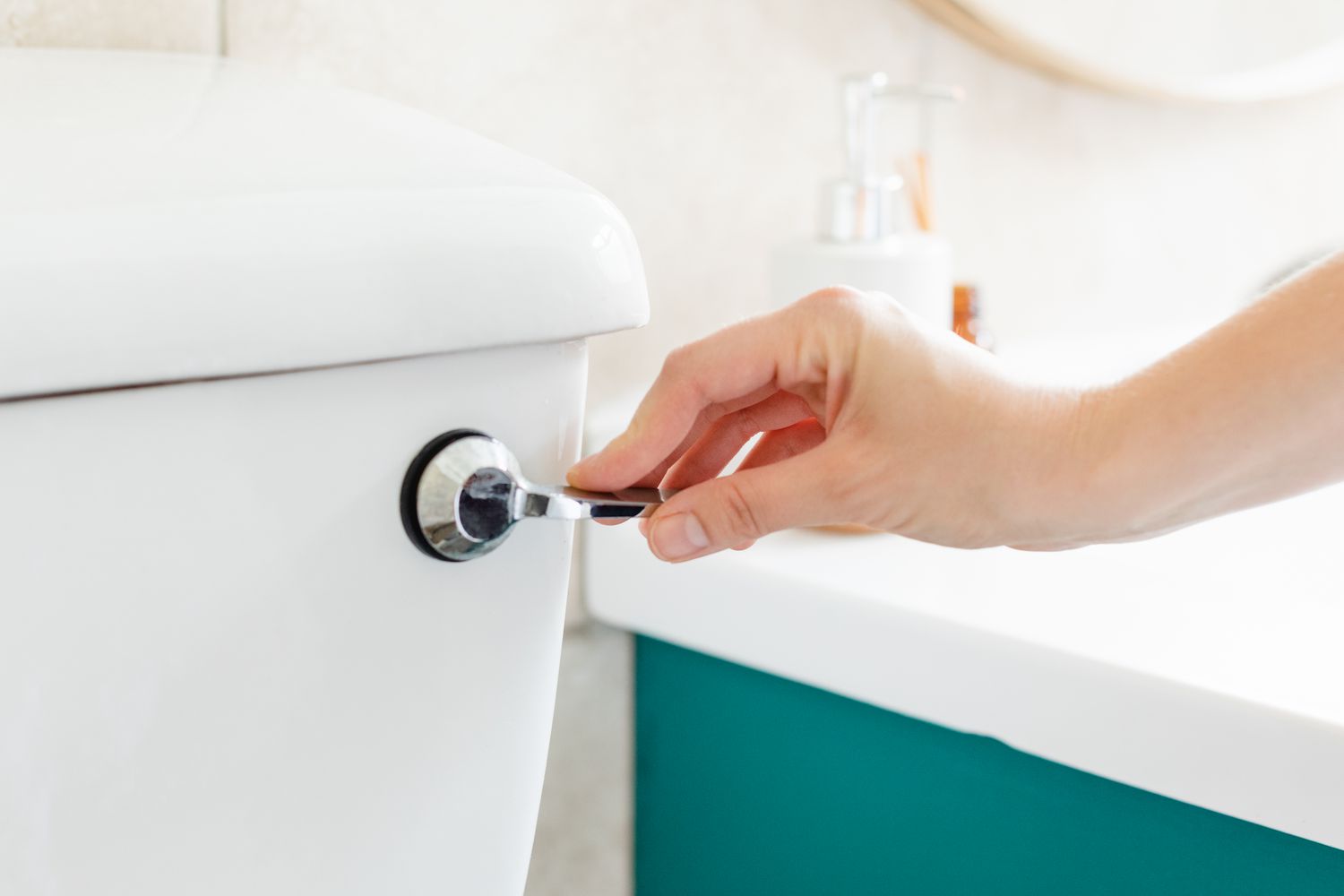
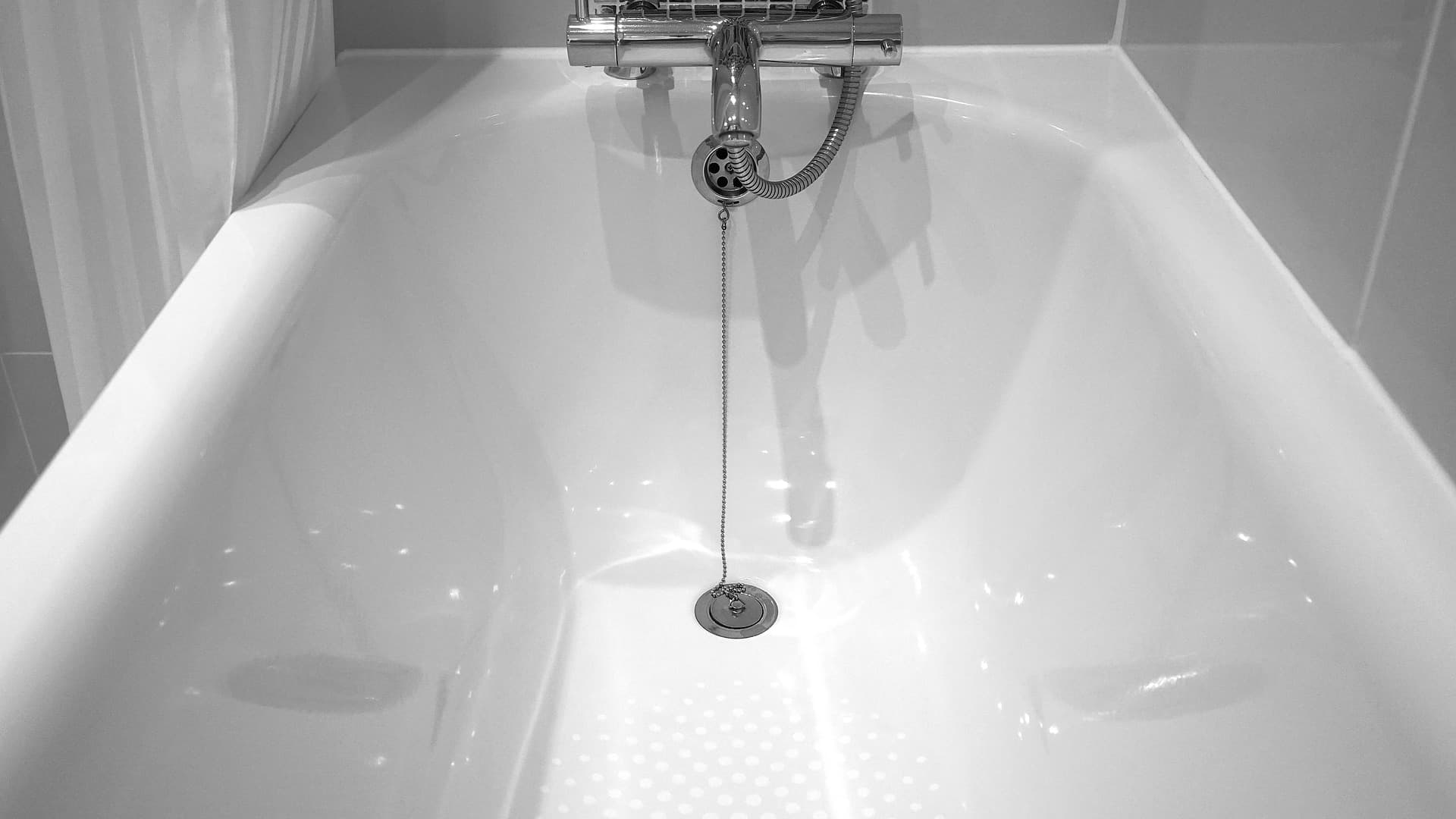
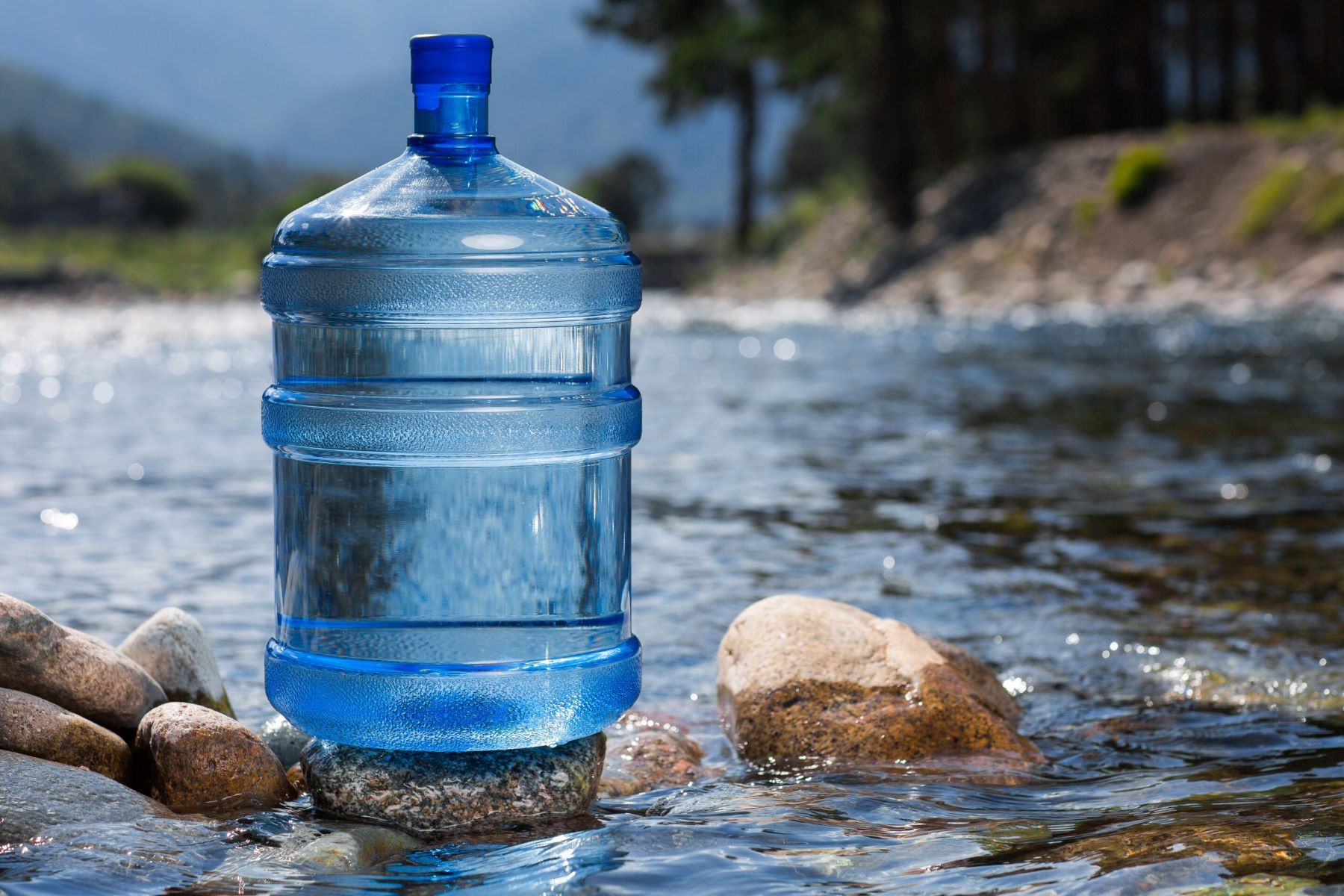
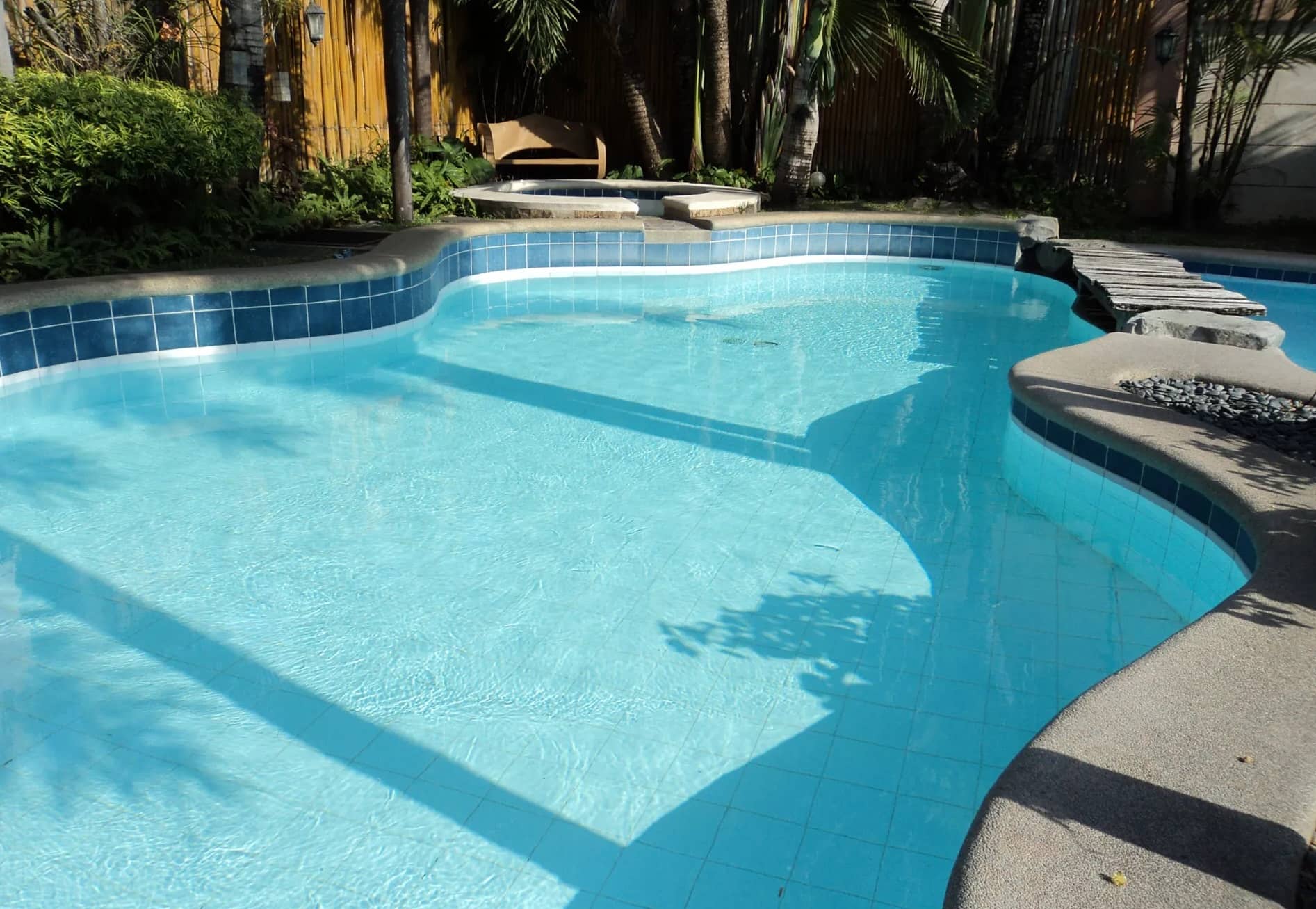
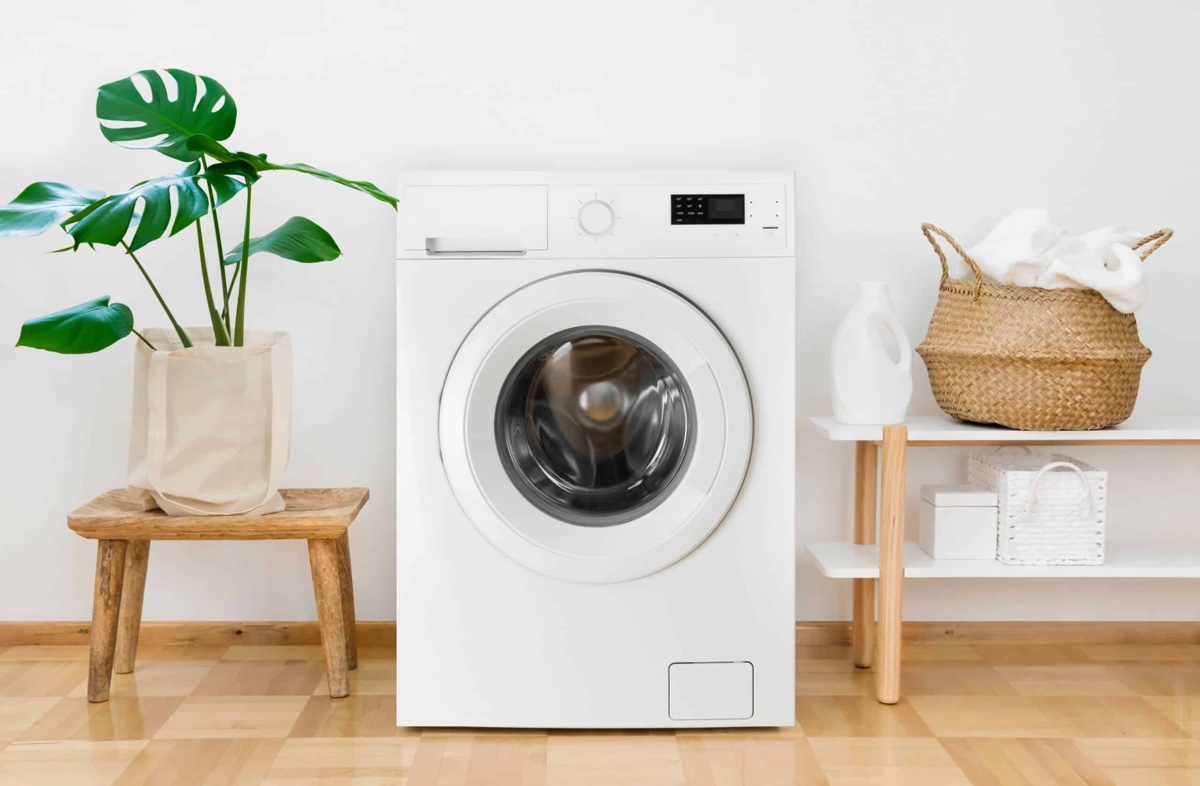
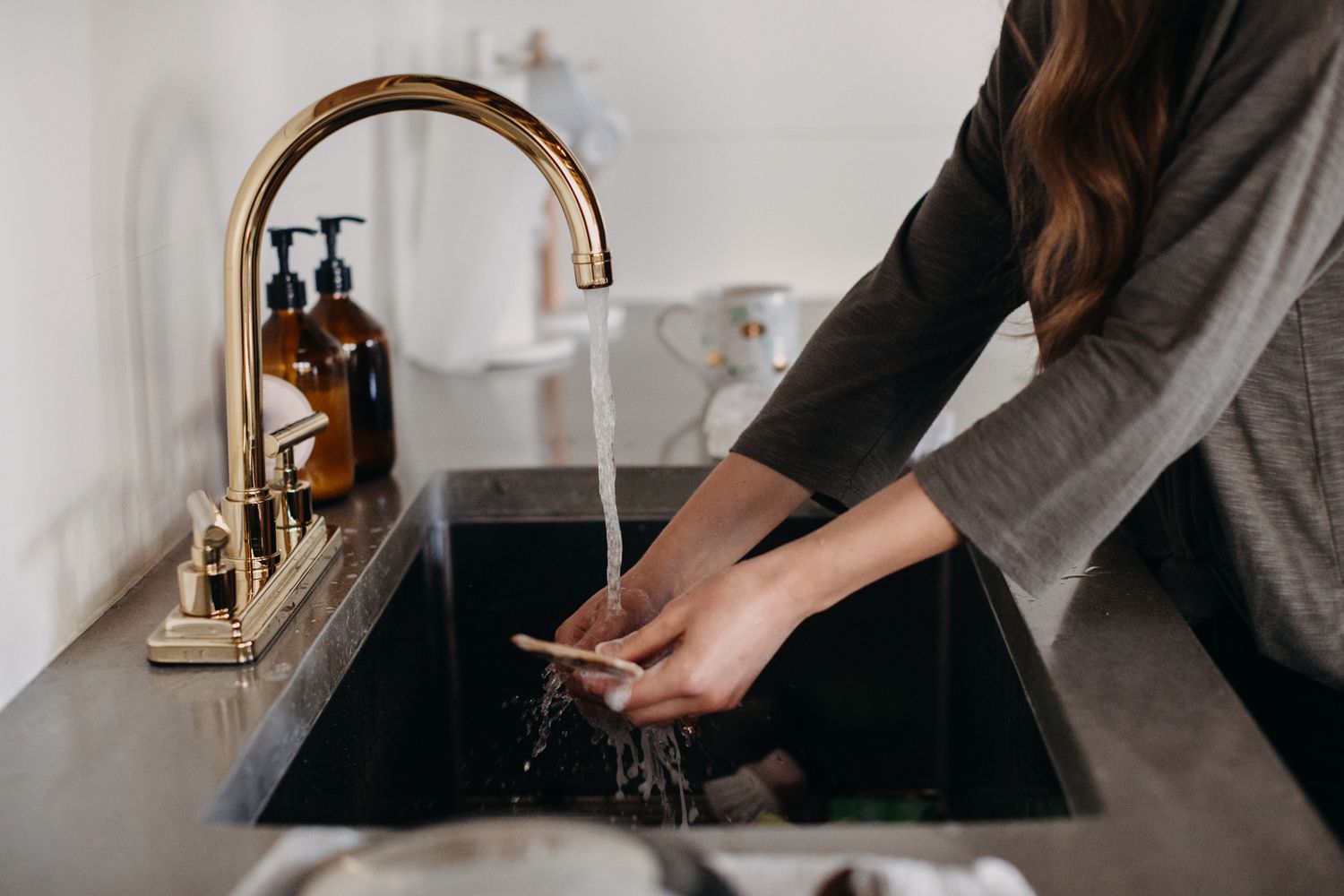
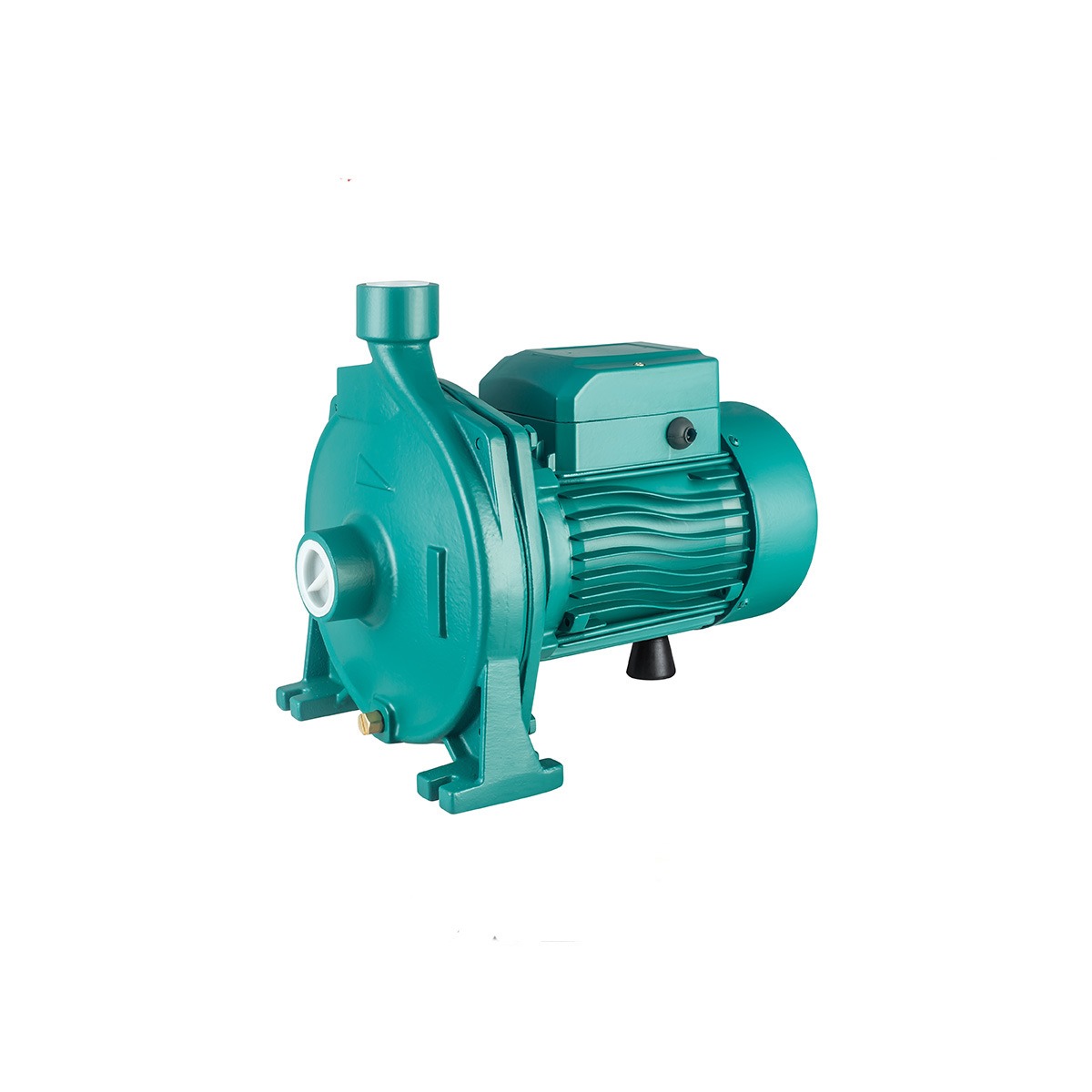
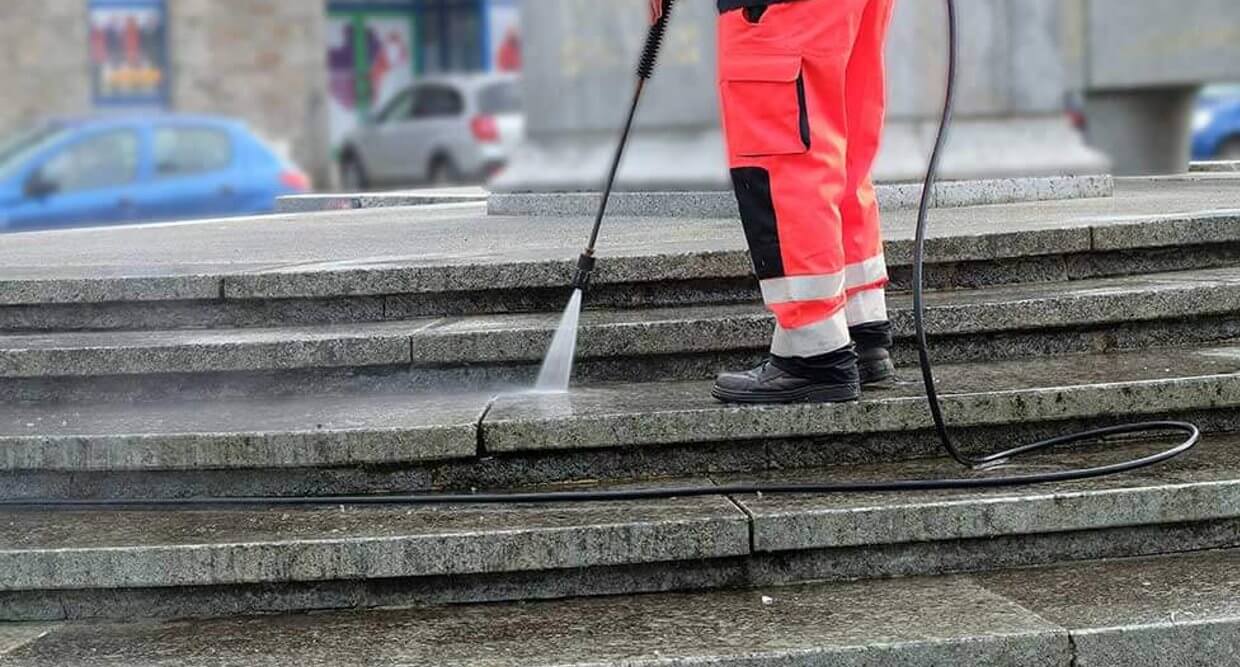
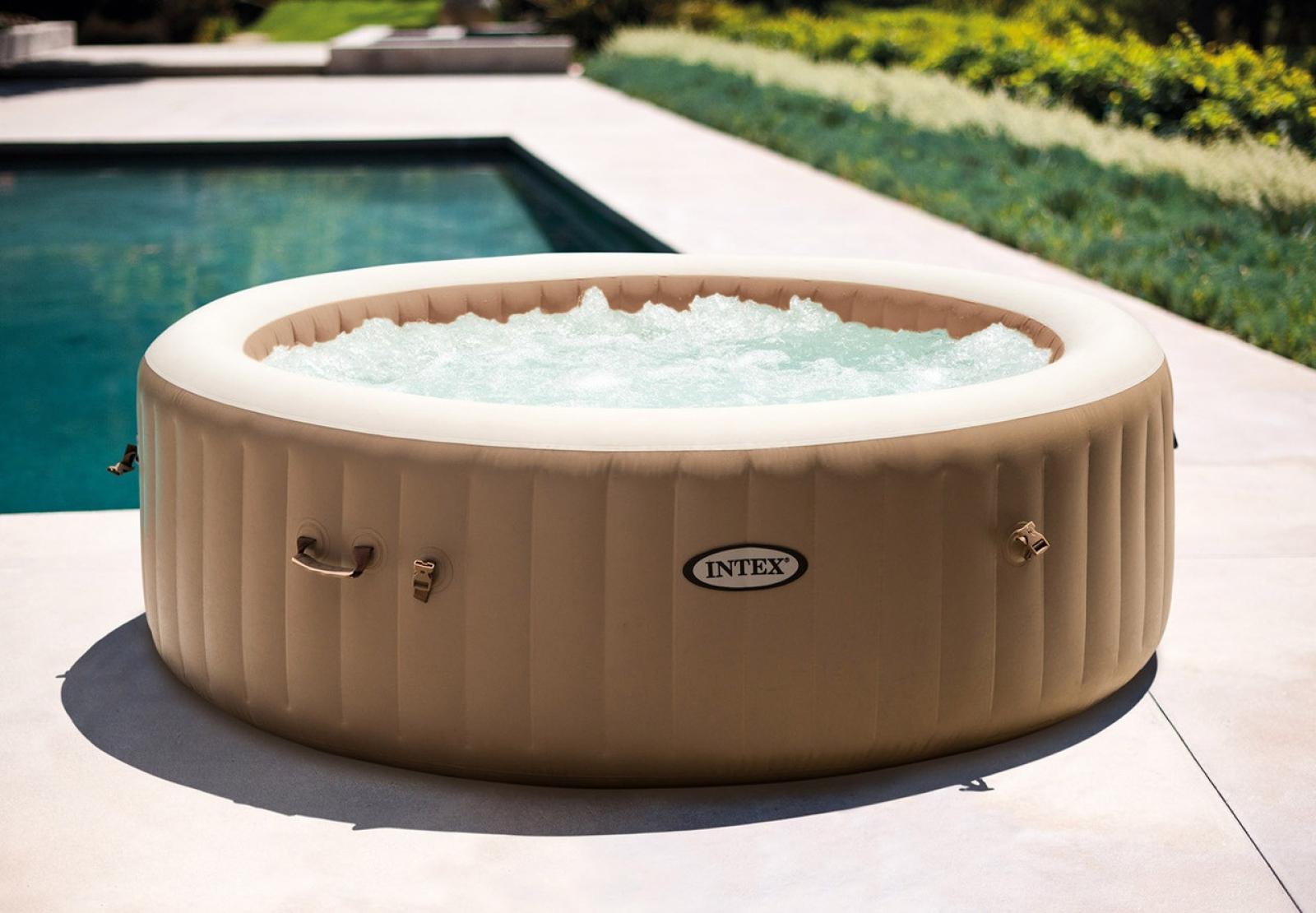

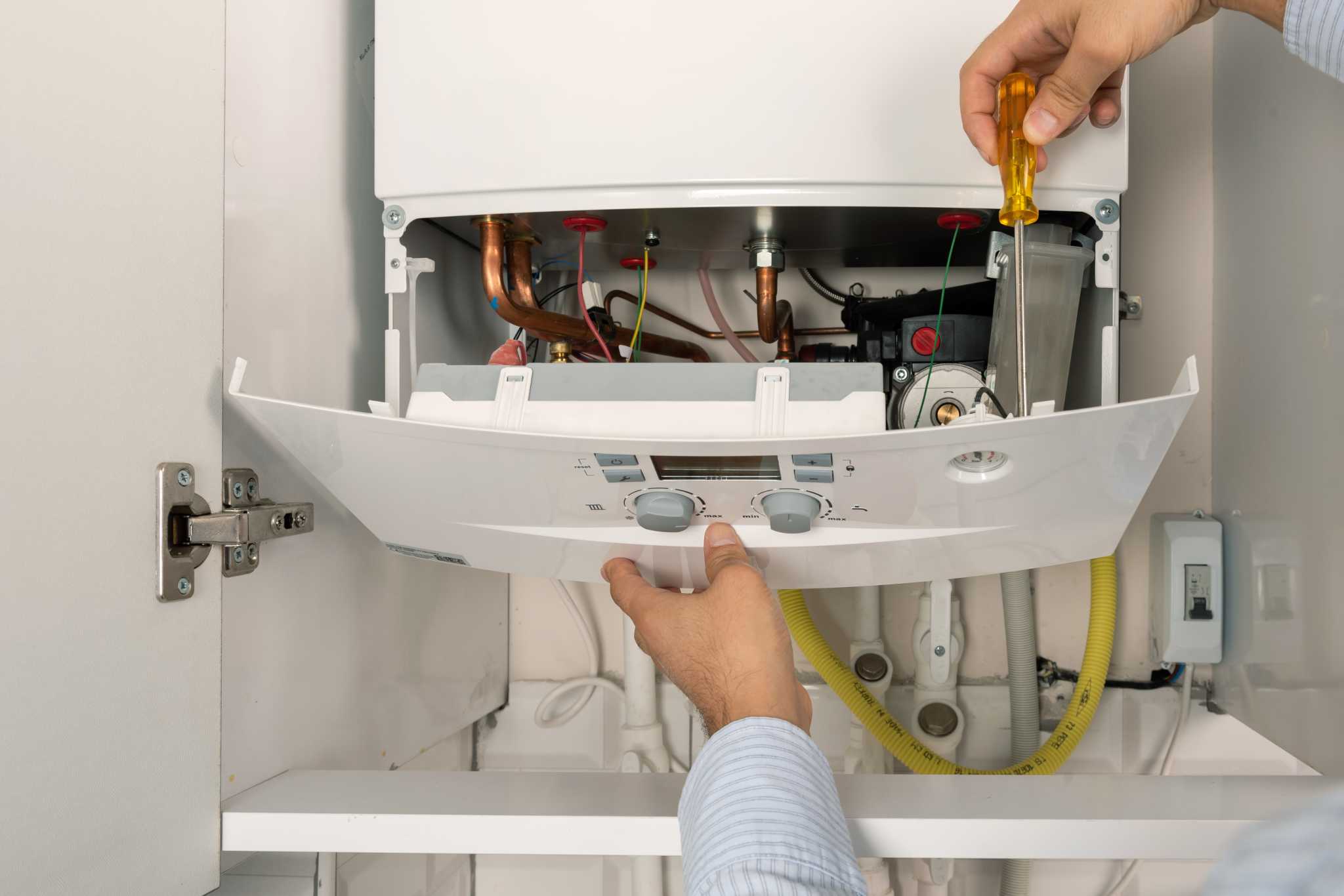
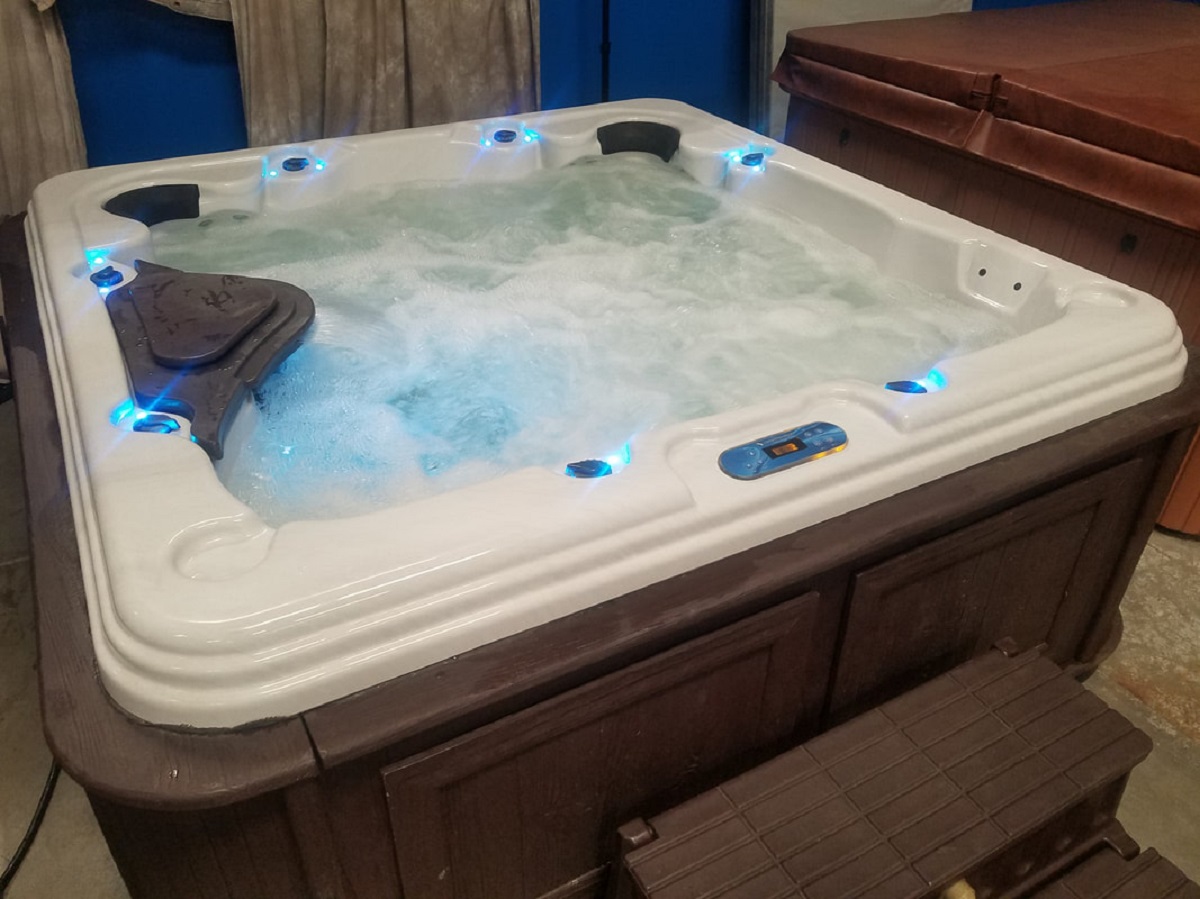

0 thoughts on “How Many Gallons Of Water Does A Washer Use”